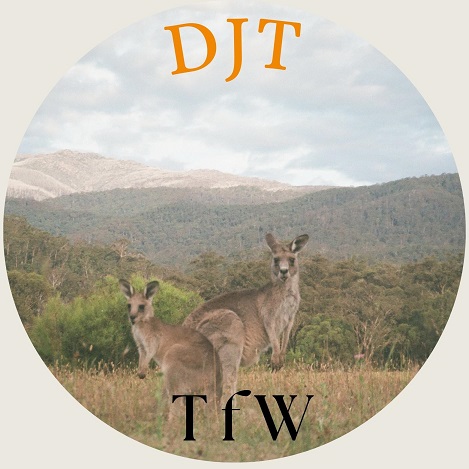

DJT Technology for Wildlife Pty Ltd is an Electrical Engineering Consultancy that specialises in
Digital Signal Processing (DSP) and Artificial Intelligence (AI) solutions for the Protection and Care of Australia's magnificent Native Wildlife.
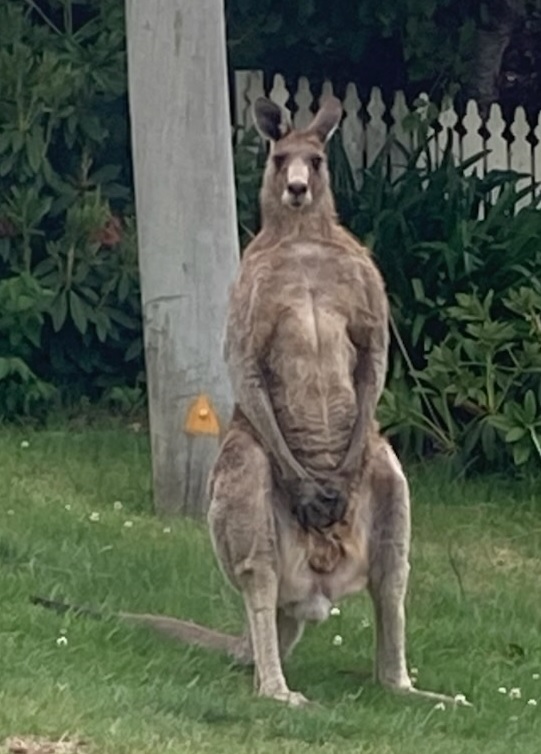
Colonial Australia has a poor record when it comes to caring for and protecting our unique NATIVE WILDLIFE ...
...at best these highly sentient beings have been/are treated as if they don't matter
- like koalas, platypus, parrots, possums, emus, wombats and lizards/snakes.
...at worst they have been/are treated as if they are our worst enemy that has to be exterminated
- like our magnificent national icon, the KANGAROO.
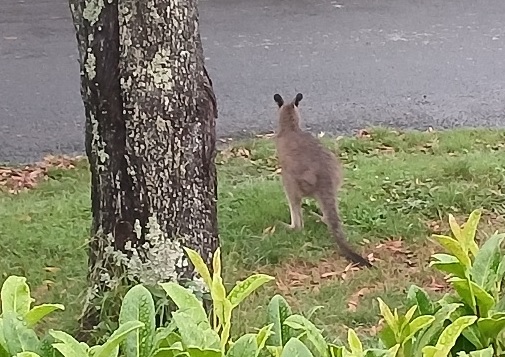
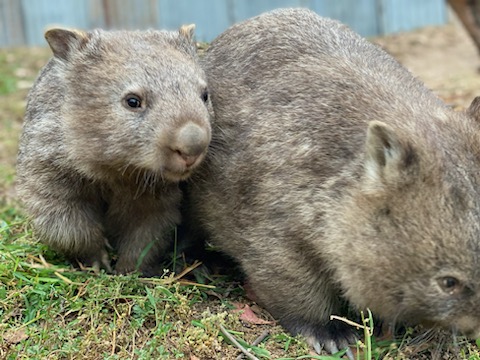
Some of the ways we (colonial humans), who are emmeshed in an unsustainable high tech world,
are destroying our native wildlife and their habitats by ...
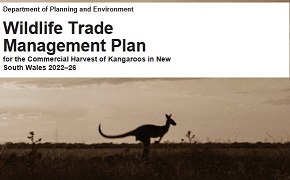
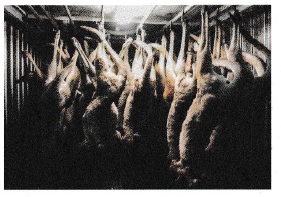
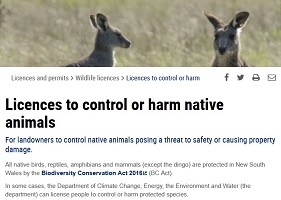
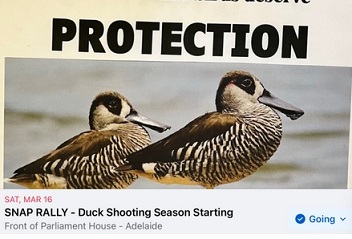
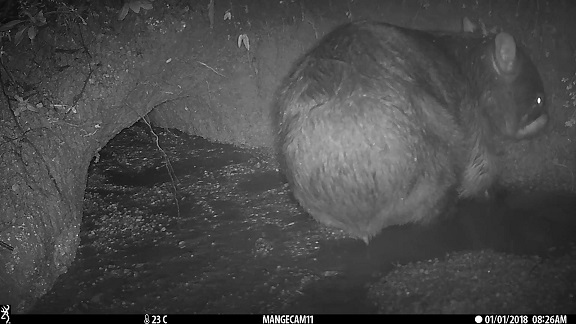

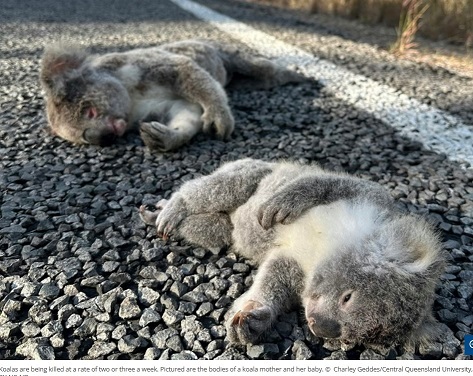
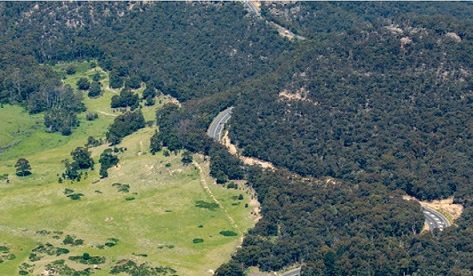
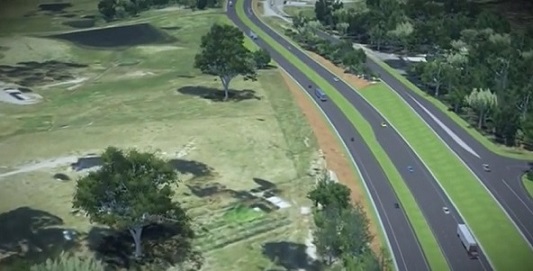

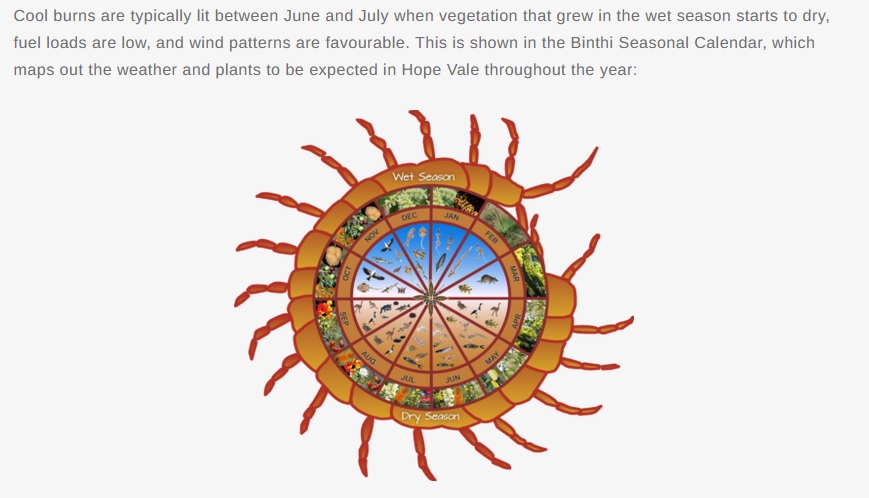
...Human (colonial) civilisation is encroaching on all native animal habitats & waterways. This is constantly degrading and changing their environment, causing them great stress.
Most waterways are now polluted, air is toxic in places and plastics/chemicals are embedded in the land. This pollution detrimentally effects all native animals.
DJT Technology for Wildlife Pty Ltd is dedicated to finding high tech solutions
aimed towards the protection and care of our Native Wildlife especially the keystone species - Kangaroos.
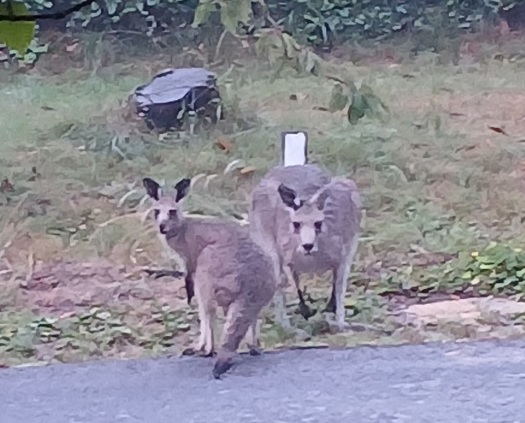
"When we talk about traditional ‘Country’…we mean something beyond the dictionary definition of the word.
We might mean homeland, or tribal or clan area and we might mean more than just a place on the map.
For us, Country is a word for all the values, places, resources, stories and cultural obligations associated with that area and its features.
It describes the entirety of our ancestral domains. Most First Nations People consider themselves the custodians or caretakers of the land."
Professor Mick Dodson.
"This entire operation that the NSW Government legislates & profits from whilst having the audacity, to sit under the Coat of Arms & call this Country their own must end.
And end immediately. The slaughter of Kangaroos is killing Country, Culture & killing the future. These animals BELONG here, they are NOT the problem & they are NOT a commodity.
They need to be left alone to move freely across this THEIR Ancestral Home in peace & with Protection as they had done for millions of years before Invasion. ...
That is the fact in regards to Kangaroos. Stop the slaughter, stop the demonisation, stop the colonialism. Enough is enough."
Aunty Ro Mudyin Godwin
"The kangaroo preceded our indigenous culture more than 80,000 years ago and has both the land and living rights above all other introduced species.
The kangaroo has the right to live without cruelty and exploitation. Kangaroos arc a valuable totem to our people. They have been in Australia for millions of years. This is their land.
They are the first Australians. Native animals, birds and reptiles have the highest respect in our Cultural Totemic System.
The kangaroo to me is an important part of this nation that they call AustraIia.
The kangaroo lets me know about my different song Iines and which way I can go.
I've only just got those four directions and he can show me and give me a chance to see another way as a survival sign post...
Kangaroos are part of ceremony and we hunt them for food.
We as Aboriginal people for over 50,000 years when we killed a kangaroo it was done with ceremony, before the 'kill and after the kill.
My people have lived beside the kangaroo for thousands of years and we never considered them as a pest. So why do people want to control these wonderful animals!
Bright lights are 'blinding defenseless animals and then bullets put into them, to me that's not culling. It is slaughter.
Inside cultural practice, we only ever took what was needed for food and medicine. We never harvested meat or medicine for profit.
It is not spiritual practice to kill our iconic animals for $80 Million per annum.
It was not an industry that drove the hunt, it was our ceremonial practice for food and medicine and still is today.
...it appears on the brink of becoming a threatened species. It is a huge loss for us all that they are treated so badly.
...Here we see the true faces of the dirty cruel Industry that does nothing more than plunder and profiteer at the expense of our innocent first nation native animals.
How long have those kangaroos been hopping on this land?
They are not intruding on farmers or developers, or roadways. It is humans invading the kangaroos space and it is the kangaroo that is being disregarded.
Stepping outside respect lore, leads to an imbalance in the totemic system and consequently mass slaughter and illness.
Those indigenous brothers and sisters who hold their lore and practice culture through the wisdom of the ancients know to protect the kangaroo
from a harvest of exportation, exploitation, and extinction, by not supporting such a cruel and greedy industry."
Uncle Max Dulumnmun Harrision
DJT Technology for Wildlife Pty Ltd is committed to the First Nations People (FNP) VOICE and to the FNP view of ...
...Care of Country (where we are caretakers not 'owners' of the land)
including ... care and protect our Native Wildlife (especially our unique and highly evolved Kangaroo);
We need to give our native animals unimpeded access to the land so that ecosystem/s, destroyed by 'white man', can be regenerated.
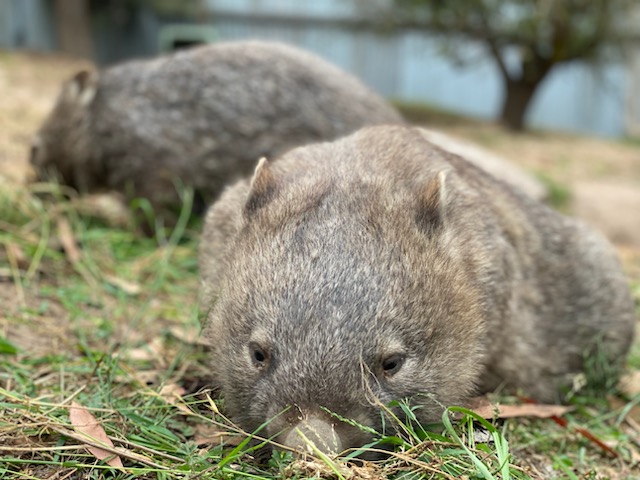
"I am a Wildlife carer of thirty years, specialising in the care and rehabilitation of kangaroos and wallabies.
... aware of the cruelty, torture and destruction whole populations of these animals by shooters (both professional and recreational), vehicle strikes and exclusion fencing....
Add to that the prolonged and devastating drought and fires out here, as they, in themselves, have had a catastrophic impact to entire populations of kangaroos out here.
To say joeys are killed humanely by professional shooters is untrue. I've had many joeys in care as a result of these shootings.
...During the drought I did many trips to Collarenabri, Walgett and Brewarrina.
I saw many dead and dying kangaroos and Emus hung up in these inhumane exclusion fences.
I saw the aftermath and carnage when these animals were herded out and onto the roads between these country towns.
Roads for miles littered with bodies from trucks and road trains travelling through. These animals were trying to survive the drought.
They were either cut off from food and water within the fence lines or were driven off the land and onto the roads to meet horrendous, violent deaths hit by trucks.
Kangaroos have a home range of ten square kms. They travel around this range at different times of year. They know every pad, path and track.
Every water source, every tree and rock within this range.
Joeys are constantly imprinting these things as they travel about with mum in the pouch. They will know their home range intimately by the time they emerge from mums pouch.
It's part of their survival, their complex social infrastructure. It's a part of their very being.
When we interfere by fencing off part or all of their home range we not only prevent them from accessing food and water, we fracture and isolate whole families.
Since the drought has ended there are not the joeys coming in as were in pre drought years. There is hardly any road kill (a sign of what's about).
There are no kangaroos out grazing at dusk and dawn and visible as once before. I travel many kms still but now I'm looking for them.
Not to rescue but just to try to see if they are still there as before. They are not there!!!
I suffer now from mental and emotional trauma and sheer exhaustion as a result from the fires and drought.
Inherent cruelty I see on an almost daily basis and i do despair for the future of these wonderful animals.
Thirty years of carnage. It makes me heartsick. These animals now are on the brink. Out here now there is a silence from their absence and its deafening."
Tanya O'Donoghue
"During the 2019-2020 bushfires, I was rescuing and treating native wildlife in the surrounding forests and nearby farms.
I led search and rescue operations in the local area.
During the crises, a temporary treatment facility was established in my home, where volunteer veterinarians treated the survivors.
I oversaw the release of treated animals at the sanctuary.
It took over a week for veterinary help to arrive at the sanctuary. Up till then I had been treating the survivors myself.
The wildlife group I was a member of ... refused to assist. I repeatedly rang requesting assistance, however my pleas for help were ignored.
A few days after the fires and before any veterinary assistance was forthcoming, A NSW Dept of Primary Industry veterinarian visited the sanctuary.
He was asking if i had any livestock that needed veterinary attention.
I told him no, that this was a wildlife sanctuary, but that i did have burnt kangaroos and wallabies that urgently needed to be seen by a veterinarian.
He refused to even look at the injured animals and immediately left.
Eventually, HUHANZ, a New Zealand NGO animal welfare group arrived. They brought with them Australian veterinarians and immediately started treating the survivors.
Whilst I was thankful for the help, I was shocked to see that none of the Australian vets had any wildlife experience.
They would often prescribe medications unsuitable for macropods and weren’t confident on treating them. Euthanasia was an easy way out.
...All of the animals that (the vets) wanted to kill, recovered from their injuries and have been released back into the wild.
They are monitored regularly and are doing very well."
Peter Day
DJT Technology for Wildlife Pty Ltd is committed to the Rescuers and Carers of our NATIVE Animals...
...as they are Care of Country (where we are caretakers not 'owners' of the land)
including ... care and protect our Native Wildlife (especially our unique and highly evolved Kangaroo);
We need to give our native animals unimpeded access to the land so that ecosystem/s, destroyed by 'white man', can be regenerated.
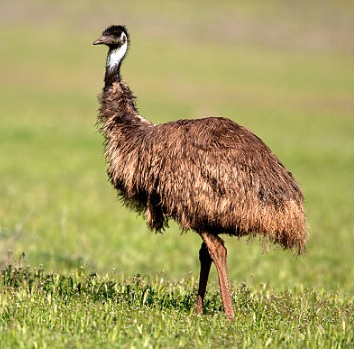
Our Advanced Signal Processing Tools are developed in house using 'state of the art' technical software - Matlab by Mathworks and C++.
Our team is composed of highly qualified Professional Electrical Engineers, Research Scientists and Wildlife Rescue/Care professionals.
We are located in the Blue Mountains on the outskirts of Sydney, NSW, Australia.